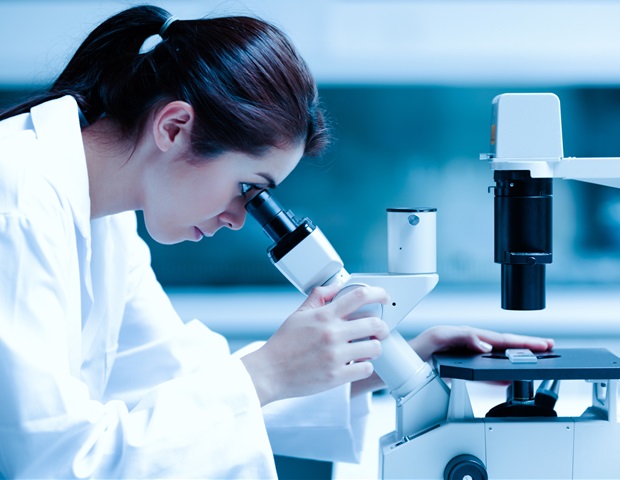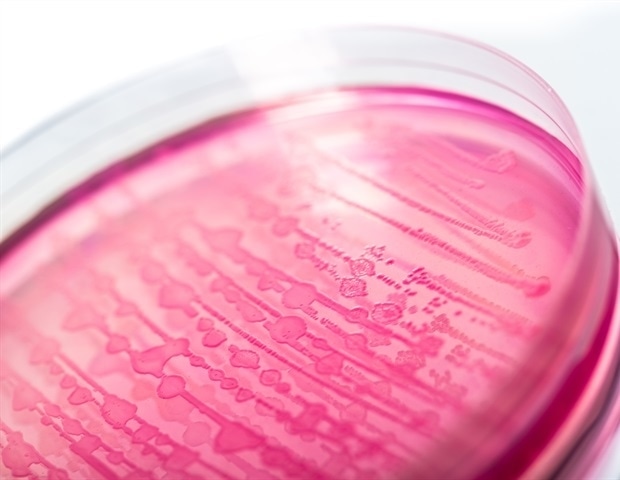


Professor Helle Ulrich, Executive Director of the Institute of Molecular Biology (IMB) and professor at Johannes Gutenberg University Mainz (JGU), has been awarded an Advanced Grant...



In a recent study published in Nature Communications, a team of researchers used artificial intelligence (AI) to classify histopathological images and differentiate between endometrial cancer subtypes. The...



In a recent study published in the journal JAMA Cardiology, a group of researchers identified rare predicted loss-of-function variants associated with atrial fibrillation (AF) and elucidated...



Researchers have identified a protein called PFDN6 that may play a role in the development and spread of colorectal cancer (CRC). The study, published in [journal...



Drug development is typically slow: the pipeline from basic research discoveries that provide the basis for a new drug to clinical trials to production of a...



Tryptophan is a key amino acid in the human diet that is broken down by gut microorganisms, which convert it into multiple metabolites that have various...



Researchers from Johns Hopkins Medicine and the National Institutes of Health’s National Institute on Aging say their study of 40 older adults with obesity and insulin...



Using animals to study heart disease doesn’t always translate well to human health outcomes, and human heart cells available for research don’t work outside the human...



Asthma patients experience respiratory distress due to allergens like house dust mites or pollen. However, the various triggers for asthma share a common pathway involving the...



Polyfluoroalkyl substances (PFAS) are a class of chemicals extensively used in consumer goods production due to their hydrophobic and oleophobic properties and stability. However, their persistence...



Australia has cemented its role in becoming a major player in the next generation of medicines with the launch of Ternarx – a globally competitive biotechnology...



When E. coli detects damage to its genetic material, it sends out an SOS signal that alters activity inside the cells. “The bacteria go into full...